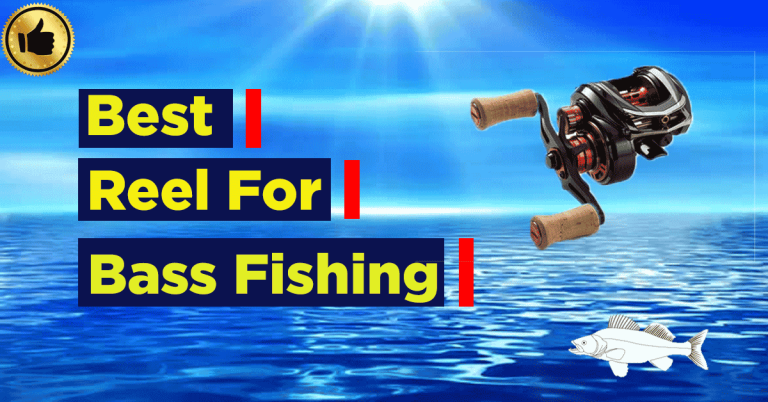A Best Guide to Choosing the Right Spinning Reel Sizes
Ever been excited to catch a fish, but your gear wasn’t up to the job? Your reel may be too weak, or your casting range too short for catching a larger fish. Selecting an inappropriate spinning reel size often leads to this issue. Selecting the correct spinning reel sizes can greatly enhance fishing. Matching the right reel size to your fishing rod, line capacity, and conditions maximizes your success. This guide will explain why spinning reel sizes are important and how they affect fishing techniques.
This guide will introduce spinning reel sizes and suggest the best choice for your trip. Let’s dive deep and stay with me to learn from my experience.

What is a Spinning Reel Size Chart? (Best Reel Sizes for your need)
Spinning reel size describes the fishing line it can hold, which is essential depending on your fishing type and need. A larger reel holds more lines and heavier test lines, which are necessary for bigger fish in deep waters. On the other hand, smaller reels hold lighter lines, so they are best for smaller fish in shallow water.
Spinning reel size chart
The foremost decision to choose the right spinning reel size can enhance your fishing experience. The right reel is essential for enjoying a trip. Spinning reel sizes are highlighted with a number ranging from 500 to 30,000. The size of the reel impacts its capacity to hold the fishing line, drag system, and overall power. Here’s a breakdown of standard spinning reel sizes and their best uses. Let’s discuss the advantages that can help you get one step ahead by selecting the right spinning reel.
Small-sized spinning reels (1000 – 3500)
Spinning reels are designed to match a particular rod. They are smaller reel sizes for ultralight fishing (1000–3500) and are a good choice for medium rods. They target small fish species like Bass, Walleye, perch, panfish, and trout in freshwater with the help of a 2-10 lb test line.
Medium-sized spinning reels (4000 – 5500)
Medium-sized spinning reels are designed to match a particular heavy-duty rod. Medium reel sizes (4000–5500) are a good for medium rods. They are used to target bigger freshwater fish like pike and catfish and can also handle light fish in salt water. They are often good to go with 8-12 lb test ranges.
Large-sized spinning reels (6000 – 30000)
These reels are designed for saltwater fish or bigger freshwater fish. They are good to go with 12-20 lb test ranges. They also offer torque and drag power. These heavy-duty reels are used for larger saltwater species such as tuna and marlin.
How do you match a spinning reel with a rod?
It is essential to pair the correct size rod with your spinning reel. Ultralight rods should pair with lighter reels, and larger reels are a good choice for heavy rods. They can handle the weight and pressure of large fish.
A general guideline is to choose a 1000-size reel for panfish, a 3000-size reel for bass, and reels sized 5000 or larger for offshore fishing.

What is the best size spinning reel for bass fishing?
Spinning Reel size for Bass:
Anglers might consider a medium-sized rod with a 2000 to 3000-sized reel. These adaptable reels work well on freshwater fishing lines for medium-sized fish.
Spinning Reel size for Redfish
Anglers often prefer giant reels for saltwater fishing. A 4000-8000 reel is best for inshore saltwater fishing. It will help target species like redfish or striped bass. A 9000 to 10000 reel for offshore fishing is suitable for bigger fish like marlin.

Final Thoughts
Consider the spinning reel sizes for a successful trip on water. Size details can help boost the fishing experience. The right reel size always matters when one needs to be selected.
For more articles, visit Fisinggain.






